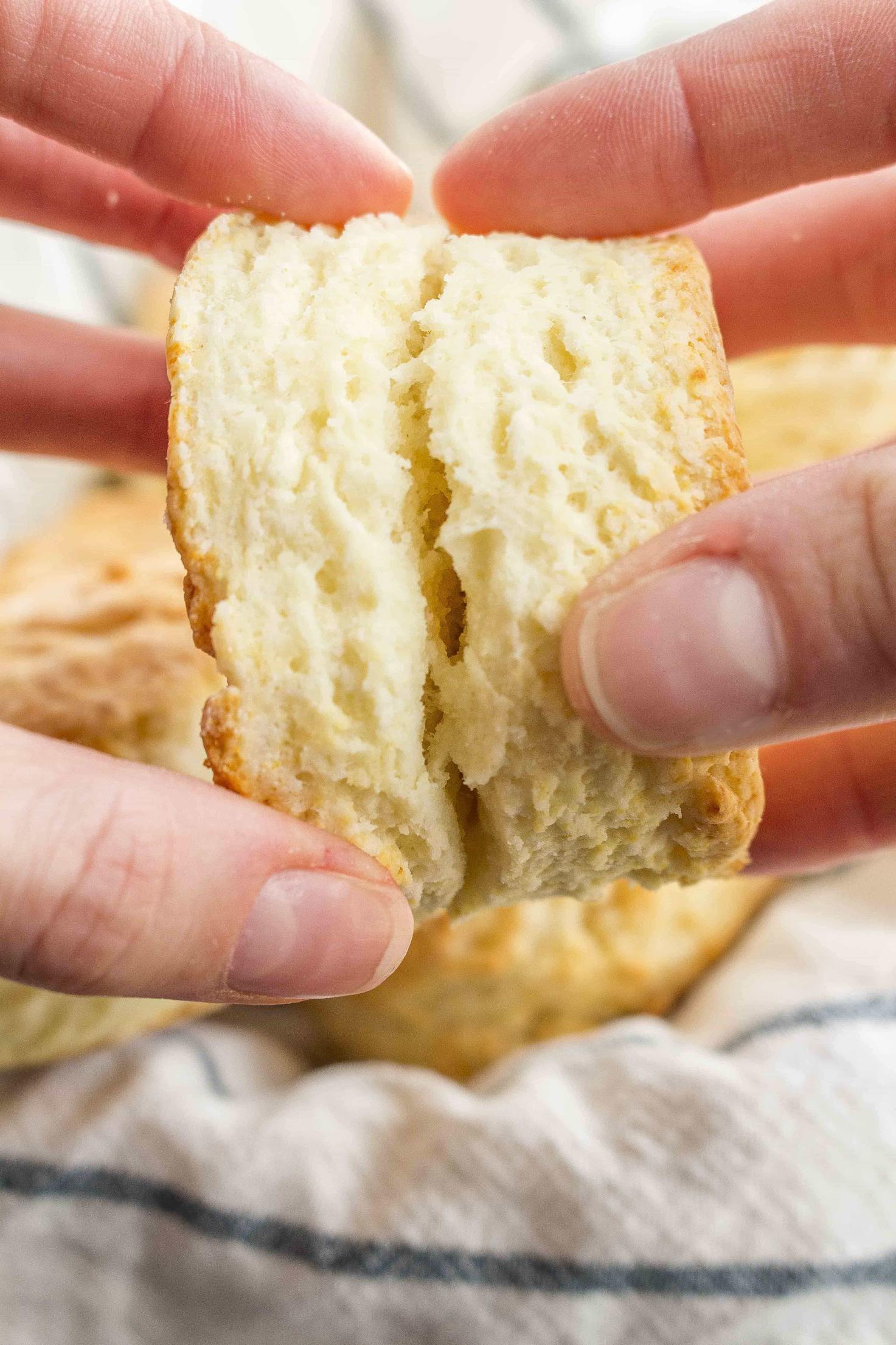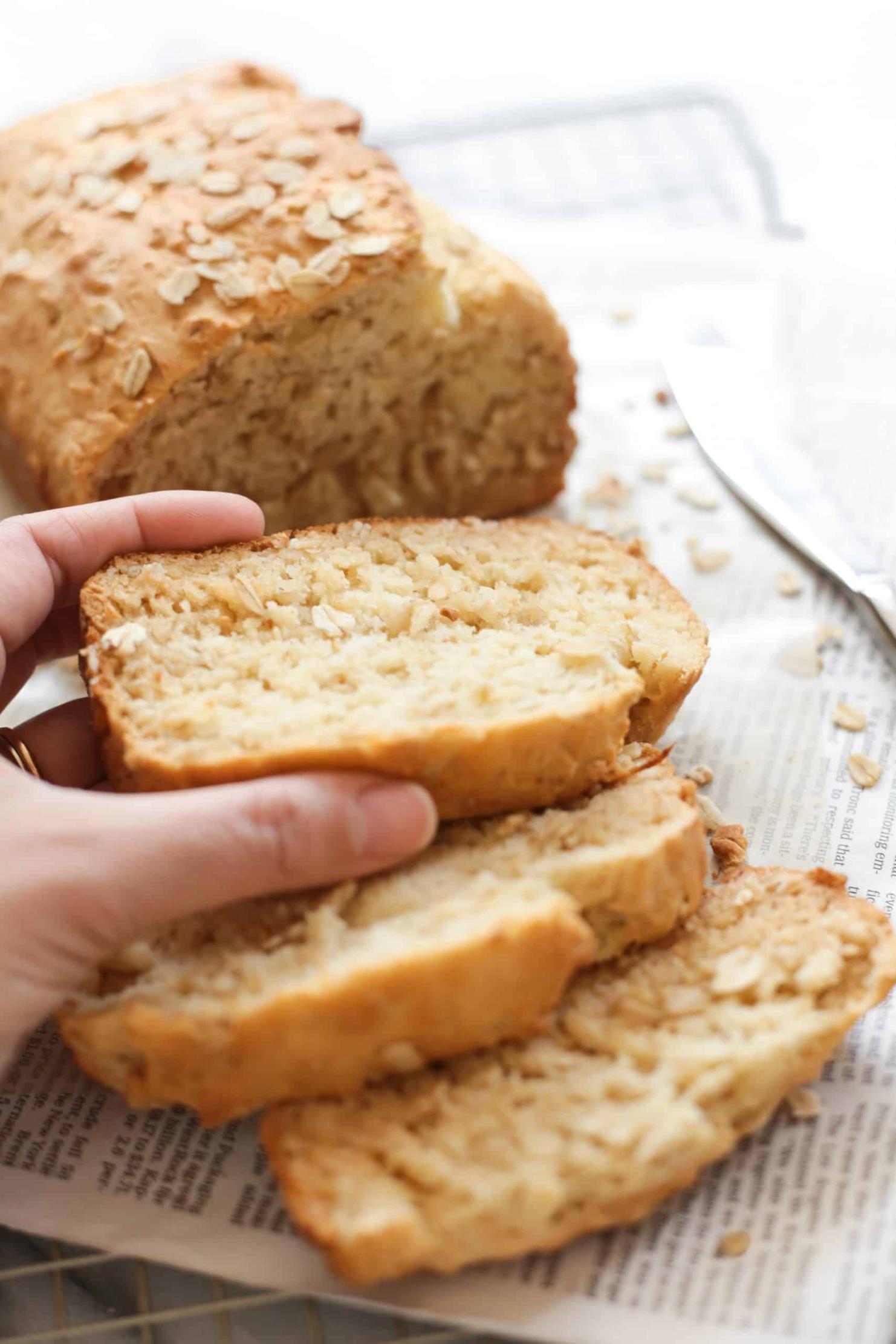How Can I Make Gluten-Free Pizza Crust That's Crispy and Delicious?
For police officers with celiac disease or gluten sensitivity, enjoying a delicious and satisfying pizza can be a challenge. Traditional pizza crusts are made with wheat flour, which contains gluten, a protein that can cause severe health problems for those with celiac disease. But with the right ingredients and techniques, it is possible to make a gluten-free pizza crust that is crispy, flavorful, and just as satisfying as its wheat-based counterpart.

Understanding Gluten And Celiac Disease
Gluten is a protein found in wheat, rye, and barley. For people with celiac disease, consuming gluten triggers an immune response that damages the small intestine, leading to a range of symptoms, including abdominal pain, diarrhea, weight loss, and fatigue. Celiac disease is a serious autoimmune disorder that affects approximately 1% of the population, and it is estimated that up to 5% of police officers may have celiac disease.
Challenges Of Making Gluten-Free Pizza Crust
Making gluten-free pizza crust can be challenging, as gluten provides elasticity and structure to the dough. Without gluten, the crust can easily become dry, crumbly, or lack flavor. Additionally, police officers often have limited access to specialized ingredients or time to prepare elaborate recipes, making it even more difficult to create a delicious gluten-free pizza crust.
Selecting The Right Ingredients

The key to making a crispy and delicious gluten-free pizza crust is choosing the right ingredients. There are a variety of gluten-free flour alternatives available, each with its own unique properties. Some popular options include:
- Almond flour: Made from finely ground almonds, almond flour is a good source of protein and healthy fats. It has a mild flavor and a slightly gritty texture.
- Coconut flour: Made from dried coconut meat, coconut flour is high in fiber and has a slightly sweet flavor. It is very absorbent, so it is important to use less of it than other flours.
- Tapioca flour: Made from the starch of the cassava root, tapioca flour is a good source of carbohydrates and has a neutral flavor. It is often used in combination with other flours to create a more cohesive dough.
In addition to the flour, it is important to use high-quality ingredients, such as fresh vegetables and herbs, to enhance the flavor of the pizza. Using a good quality cheese that melts well will also help to create a delicious and satisfying pizza.
Step-by-Step Recipe For Crispy Gluten-Free Pizza Crust

Here is a step-by-step recipe for making a crispy gluten-free pizza crust:
Ingredients:
- 1 cup almond flour
- 1/2 cup coconut flour
- 1/4 cup tapioca flour
- 1 teaspoon baking powder
- 1/2 teaspoon salt
- 1/4 cup olive oil
- 1/2 cup water
Equipment:
- Mixing bowl
- Whisk
- Pizza pan or baking sheet
- Parchment paper
Instructions:
- Preheat oven to 450°F (230°C).
- In a large mixing bowl, whisk together the almond flour, coconut flour, tapioca flour, baking powder, and salt.
- Add the olive oil and water and mix until the dough comes together. The dough should be slightly sticky, but not too wet.
- Place the dough on a lightly floured surface and knead for a few minutes, until the dough is smooth and elastic.
- Roll out the dough into a 12-inch (30 cm) circle.
- Place the dough on a pizza pan or baking sheet lined with parchment paper.
- Bake the crust for 10-12 minutes, or until the crust is golden brown and crispy.
- Remove the crust from the oven and let it cool for a few minutes before topping with your favorite pizza toppings.
- Bake the pizza for an additional 10-12 minutes, or until the cheese is melted and bubbly and the toppings are heated through.
Troubleshooting Common Problems
If you are having trouble making a crispy gluten-free pizza crust, there are a few things you can try:
- Make sure you are using the right ingredients. Not all gluten-free flours are created equal. Some flours, such as coconut flour, are very absorbent and can make the crust dry and crumbly. If you are using a flour that is new to you, be sure to read the package carefully and adjust the recipe accordingly.
- Don't overwork the dough. Overworking the dough can make it tough and chewy. Mix the dough just until it comes together, then let it rest for a few minutes before rolling it out.
- Use a pizza stone or baking sheet. A pizza stone or baking sheet will help to create a crispy crust. If you are using a pizza pan, be sure to preheat it in the oven before baking the pizza.
- Bake the pizza at a high temperature. The higher the temperature, the crispier the crust will be. Bake the pizza at the highest temperature your oven will allow.
Additional Tips For Police Officers With Celiac Disease
In addition to following the tips above, here are a few additional tips for police officers with celiac disease:
- Meal prep. One of the best ways to ensure that you have access to healthy and delicious gluten-free food is to meal prep. On your days off, cook a few meals in advance and store them in the refrigerator or freezer. This way, you will have something to eat when you are short on time or working long hours.
- Find gluten-free pizza options at restaurants. Many restaurants now offer gluten-free pizza options. Be sure to call ahead or check the menu online before you go to a restaurant to make sure they have gluten-free pizza available.
- Maintain a healthy diet and lifestyle. Eating a healthy diet and getting regular exercise are important for everyone, but they are especially important for police officers with celiac disease. A healthy diet and lifestyle can help to reduce the risk of complications from celiac disease and improve overall well-being and job performance.
Making a crispy and delicious gluten-free pizza crust is possible with the right ingredients and techniques. By following the tips and recipe provided in this article, police officers with celiac disease can enjoy a delicious and satisfying pizza that meets their dietary needs.
Experiment with different gluten-free pizza crust recipes and find the one that best suits your taste and dietary needs. With a little practice, you will be able to make a gluten-free pizza crust that is just as good as, if not better than, traditional wheat-based pizza crust.
YesNo

Leave a Reply